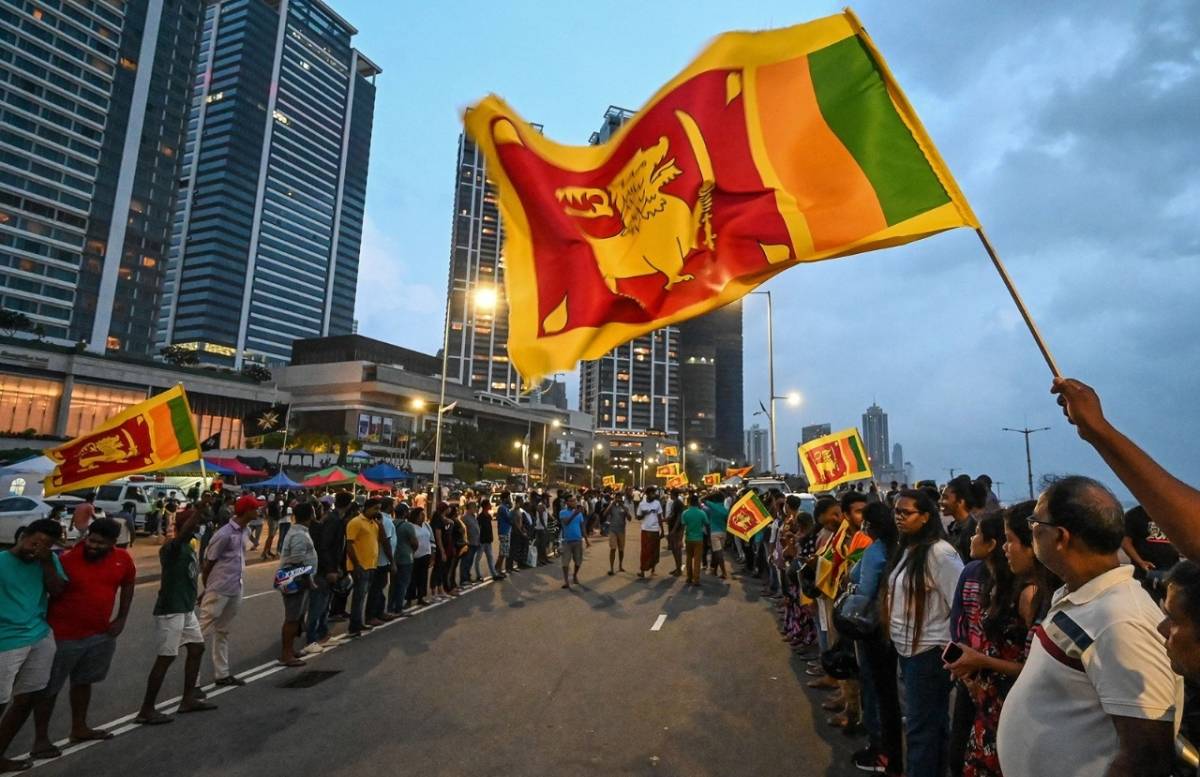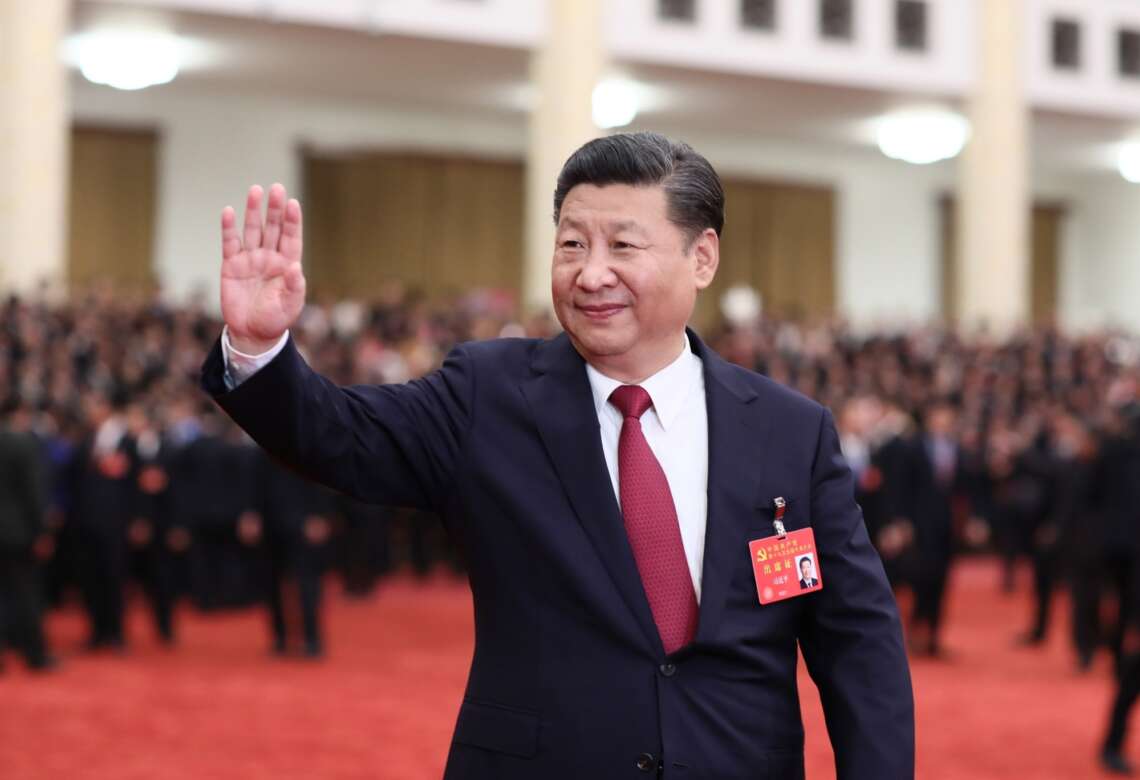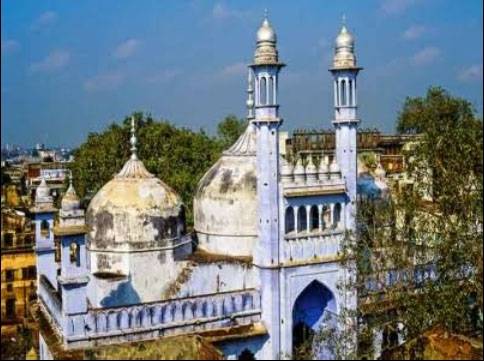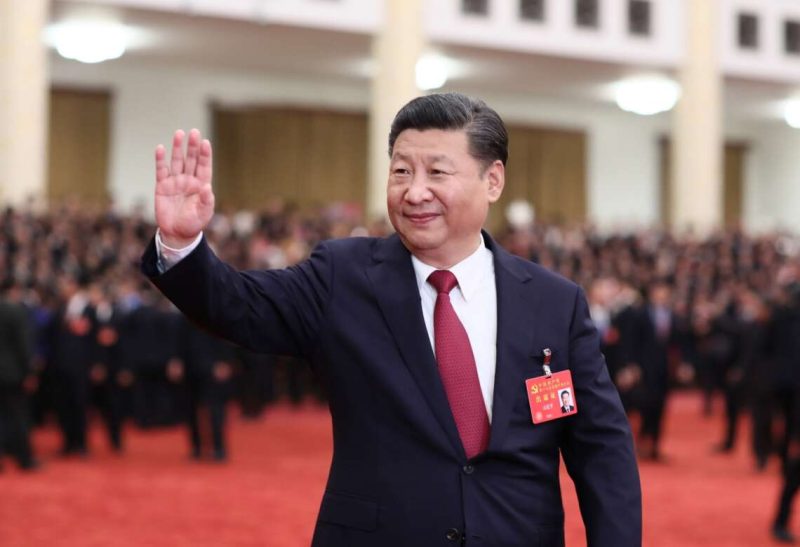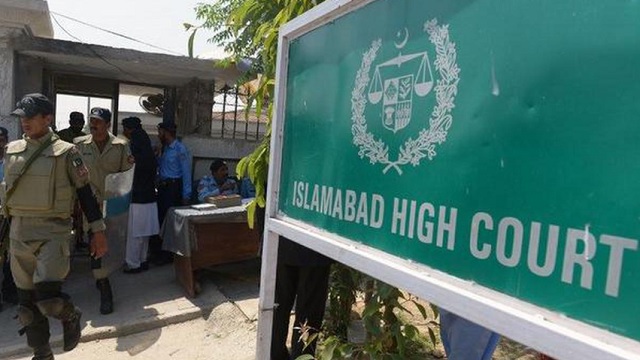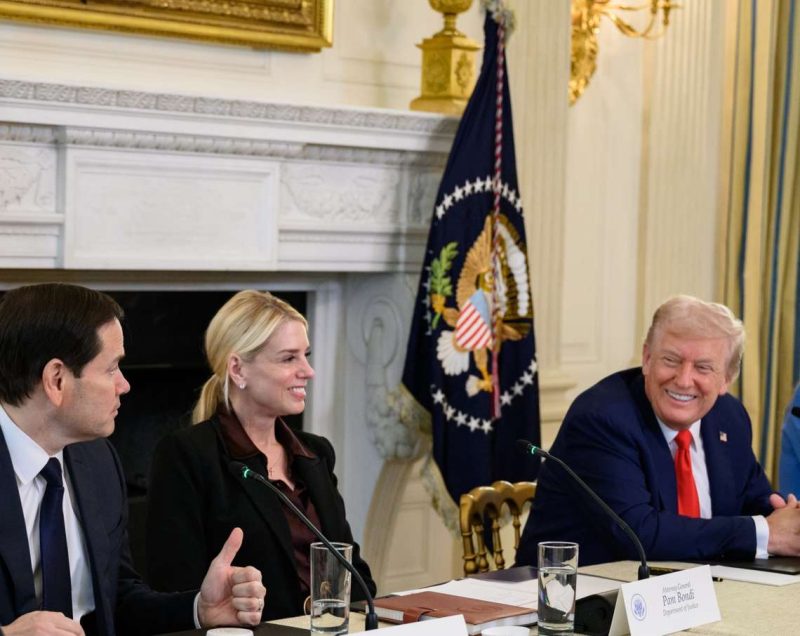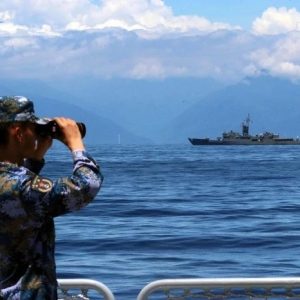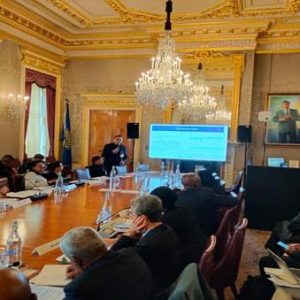With respect to the Chinese involvement in Sri Lanka’s economy, prominent nations of the Indian Ocean Region have a reason to be concerned about the impending situation and a foreseeable future in this strategic territory, writes Kavya Dubey
As Ranil Wickremesinghe ascends as Prime Minister of Sri Lanka for the sixth time, how he takes control of the crisis riling the island country is critical both for India and for stability in the Indian Ocean Region. The task ahead of him comprises not only the major challenge of restoring economic stability in his country, but also keeping intact the oceanic expanse that extends from the Indian subcontinent.
With the unprecedented devaluation of the currency, mounting external debt, and shortfall in foreign exchange reserves resulting in an unfavourable balance of trade to the extent that import of essentials such as fuel, vital drugs and medical equipment, paper, etc. has become unaffordable, 22 million people of Sri Lanka are bearing the brunt of prolonged governmental mismanagement.
Severe inflation, rising cost of living, availability of electricity for less than ten hours a day, a looming food shortage, and basic education and healthcare systems on the verge of collapse, have forced people out on the streets protesting against the dire condition the Sri Lankan government has driven the state into.

The torrents of protests propelled by the ire of the common Sri Lankan has resulted in incidents of desperate retaliation, such as setting ablaze the previous Prime Minister’s ancestral home and toppling a former minister’s vehicle into a lake.
Given the financial disaster that has unleashed itself in the island nation, an immediate solution to alleviate the crisis is infusing monetary relief. Sri Lanka has a debt of around $4 billion, which includes a $1-billion international sovereign bond that matures in July.
A sovereign bond is a debt security issued by a national government to raise money for financing government programmes, repaying old debt, paying interest on current debt, and any other government spending needs. The Asian Development Bank, Japan and China are among its major lenders.
With respect to the Chinese involvement in Sri Lanka’s economy, prominent nations of the Indian Ocean Region have a reason to be concerned about the impending situation and a foreseeable future in this strategic territory.
The Hambantota deep sea port in the southern tip of Sri Lanka was built to ease the pressure on the Colombo port and is closer to international shipping routes. In 2016, the then Wickremesinghe-led government decided to heavily privatise the port to facilitate inflow of foreign exchange to repay maturing sovereign bonds pertaining to the port.
A state-run Chinese company chosen in the process expended resources additionally to develop the port into full operation. The following year, as per the agreement, a 99-year lease on the port was granted to China — thereby, giving away a strategic foothold in the Indian Ocean.
Sri Lanka lies in a key shipping route between the Malacca Strait and Suez Canal linking Asia and Europe. This route is used extensively by oil tankers. The 21st Century Maritime Silk Road — the extension of China’s Belt and Road Initiative — extends from the Chinese coast via the Suez to the Mediterranean, and beyond that into central and eastern Europe through its rail connection.
As per the initial understanding with Sri Lanka, China will avail of Hambantota port only for commercial operations. Given the current crisis Sri Lanka is grappling with and the 99-year lease of territory to China with its massive investments, together with about 15,000 acres of land for an industrial zone in the vicinity (including an international airport close to one built by India), the grave proposition of a slice of Sri Lankan territory becoming a Chinese colony may be seen as coming true.
Since the 26-year-old civil war ended in 2009, China made significant investments in building infrastructure in this island nation. Sri Lanka’s reason to pursue Chinese assistance was purely in its economic interest. As a matter of fact, the cost of maintaining the port in 2017 was much greater than the earnings from the trade it brought. Hence, it is no surprise that this deal is set to become a strategic blunder with unbearable debts incurred.

What may be expected going forward is that China will be under no obligation to restrict its operations in the critical Indian Ocean location to just commercial activities. Taking strides towards colonising Sri Lanka under previous agreements, the presence of the Chinese military in the region is very much a possibility.
It is this likely situation that poses a serious threat to India. With China already being a persisting concern for India on the northern and eastern frontiers and its proxy presence on the western frontier with Pakistan’s policy to “bleed India with a thousand cuts”, it is only the peninsular region that is free from the shadows of the military.
Added to that is the influx of refugees which will impact the southern regions of India. As a step in preparation for dealing with the approaching difficulty, an immediate measure may be to plan ahead the accommodation of the refugees so as to cushion the impact of the Sri Lankan crisis on Indian society and economy.
Although India has extended humanitarian aid to its devastated neighbour in the form of a $1-billion line of credit to import essentials from India, Sri Lanka followed that with a request of $2.5 billion to China, only sinking further into its debt trap.
What India must assimilate from the example of its deteriorated neighbour is that internal political stability is crucial to facilitate a stable and sound economy, which will steer a nation in the direction of growth and prosperity. As Sri Lanka lies in a shambles, India is reminded to evaluate the extent of its internal stability, both political and economic. Only with a robust economy can a state face a military situation.


